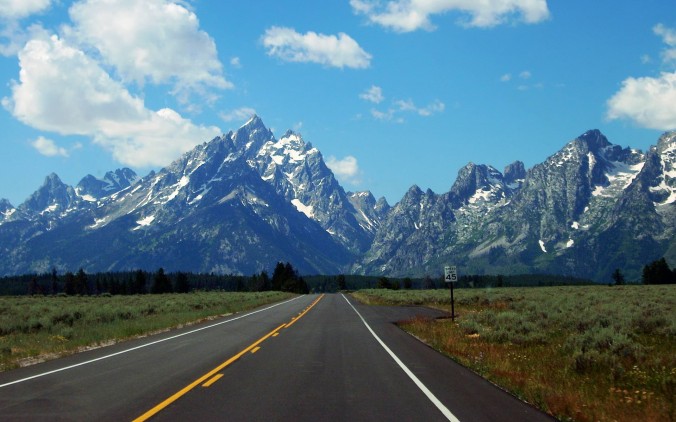In the tight-knit communities of the Alaskan wilderness, there are no roads, no police officers—and higher rates of sexual assault than anywhere else in the United States.
In its short history as a state, Alaska has earned an unnerving epithet: It is the rape capital of the U.S. At nearly 80 rapes per 100,000, according to the FBI Uniform Crime Report, Alaska’s rape rate is almost three times the national average; for child sexual assault, it’s nearly six times. And, according to the 2010 Alaska Victimization Survey, the most comprehensive data to date, 59 percent of Alaskan women have been victims of sexual assault, intimate partner violence, or both.
But those numbers, say researchers, just skim the surface. Since sex crimes are generally underreported, and may be particularly underreported in Alaska for cultural reasons. “Those numbers are conservative,” says Ann Rausch, a program coordinator at Alaska’s Council on Domestic Violence and Sexual Assault. “They’re still staggering.”
The causes of the violence are complex and entrenched. Government officials, law enforcement personnel, and victim advocates note the state’s surfeit of risk factors, from an abundance of male-dominated industries, like oil drilling and the military, to the state’s vast geography, with many communities that have no roads and little law enforcement. “There are so many factors that tip the scale for Alaska,” says Linda Chamberlain, executive director of the Alaska Family Violence Prevention Project. Not the least among them: the lack strong law enforcement presence, or support services of any kind, in remote towns like Tanana. “It’s easier for perpetrators to isolate their victims and not get caught. And for people not to get help.”
Some believe that this fact both attracts and encourages criminals. The suspect for a recent rape in southwest hub community of Dillingham, for instance, was a white man who’d just arrived from somewhere in the Lower 48 to take a job at the Wells Fargo in town. “Because it happens in rural Alaska,” one victim advocate cautions, “doesn’t mean it’s only rural Alaskans who are a part of it.”
It happens at alarming rates in urban Alaska, too. In 2010, Anchorage and Fairbanks had the highest rape rates of all cities in the U.S. Some bars in Anchorage and Fairbanks are known for a prevalence of date rape drugs; others, in Fairbanks, are known for shunning members of the military after too many brutally violent nights. (The U.S. armed forces have their own issues with sexual assault: Investigations across the United States reveal victimhood percentages almost as high as Alaska’s; in late 2013, the Alaska National Guard also launched an investigation of widespread sexual assault allegations within its ranks).
John Vandervalk, a sex crime detective in the Anchorage Police Department, claims that the city’s numbers are high partly because of attrition from villages where there are few or no services to address these kinds of crimes. But while rates of victimization are much higher among Alaska Natives—a survey from 2006 that analyzed law enforcement data in Anchorage found Alaska Native women 9.7 times more likely than other Alaskan women to be victims of sexual assault—anyone who works in Alaska’s cities consistently confirms, like Vandervalk, that “this is not an Alaska Native problem. It’s a problem that affects all demographics.”
Lawmakers aren’t blind to the issue. In 2009, Alaska governor Sean Parnell launched Alaska Men Choose Respect, a statewide prevention initiative that combines pervasive public service announcements and annual rallies with a slew of other incentives, including increased sentencing for sex offenses and mini-grants for violence prevention projects.
But some argue that focusing on a centralized criminal justice system and government-led initiatives can only go so far. In a state where hundreds of roadless communities are scattered across hundreds of thousands of miles, and where the storied rates of violence against women can hit 100 percent in some villages, silence is the norm, and violence is almost expected. (Says detective Vandervalk, “You’ll get a Native girl who says, ‘My mom always tells me to wear two pairs of jeans at night to slow him down.’”)
It’s only in recent years that some Alaskans have begun to speak publicly about this problem. In many places, silence still endures. But Cynthia Erickson hopes that the “old way” will eventually fade, and that speech, above all else, will empower victims, shame perpetrators, and interrupt the cycle of trauma where it starts: in childhood. “This story of Tanana is absolutely no different than every single one of these villages,” she says. “This is our world. And this is the fight we’re fighting—for the children. I don’t have time for adults.”
Excerpt from Rape Culture in the Alaskan Wilderness -By Sara Bernard | The Atlantic
